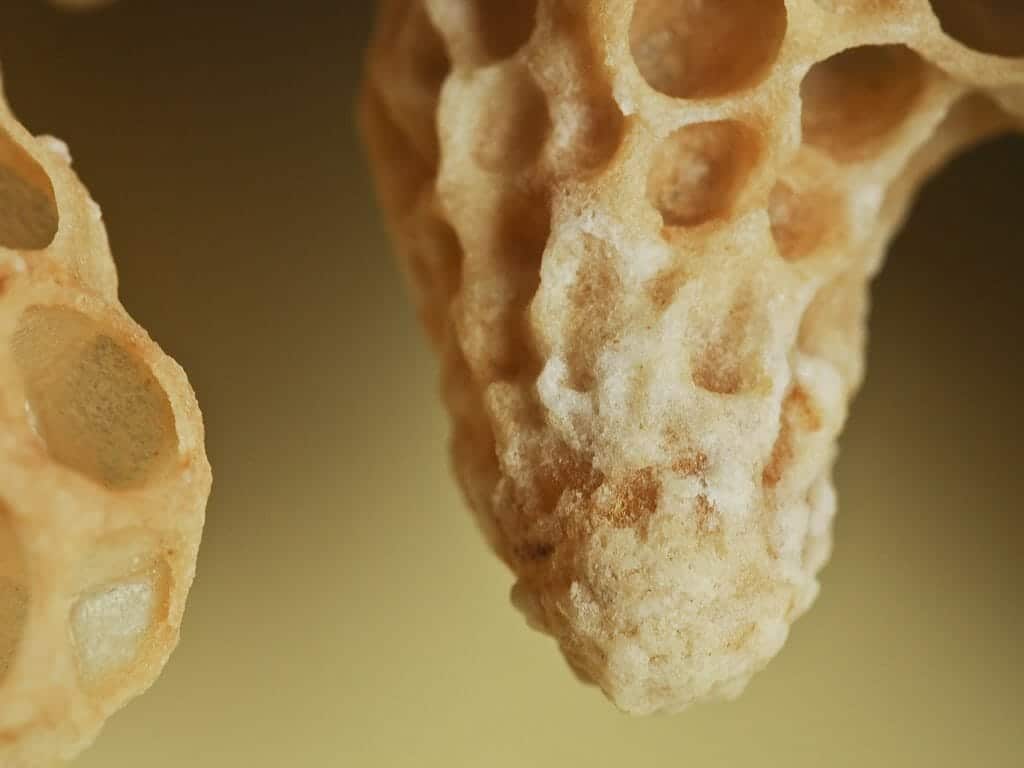Queen management techniques to delay and deter swarming.
In our second post on preventing spring bee swarms, we look at three queen management techniques. Remember, swarming is natural and all techniques technically only postpone swarming. However, done right, you can postpone until the swarming season has passed. You will need to combine a variety of techniques to achieve this.
Destroying/removing queen cells
- Destroying or removing queen cells is a stop gap measure that may delay swarming
- It can delay swarming by a few days or, at best, a few weeks
- Be vigilant if you rely on this technique – if you miss one queen cell the hive will swarm
- If the urge is strong enough there is always the risk that the hive will swarm even when there are no queen cells or eggs in queen cups at all
- Therefore, you must use this technique in tandem with others, e.g. reducing congestion in the hive
- To catch the signs of an impending swarm in time you must inspect the hive at least every seven to eight days (within the time it takes for a queen cell to mature)
- Closely and thoroughly inspect all frames that the queen can access, sometimes queen cells are quite hidden
- Gently shake any bees off the combs that could obstruct your view
- Queen cells that will provoke a swarm (a.k.a swarm cells) will be on the bottom or side edges of the comb
- Once located, destroy swarm cells with a hive tool or similar
- Some beekeepers also cut them out carefully to re-queen other hives with
- Not all queen cells are swarm cells – i.e. those constructed from modified worker cells in the middle of the comb after the colony loses a queen
- The latter means your hive is probably queenless, so don’t destroy these unless you plan to immediately requeen yourself
Managing Old Queens and Requeening
- Firstly, do not clip the wings of the queen as this does not rule out the urge to swarm
- You could end up with a queenless swarm instead
- Requeening with young, vigorous queens is a better approach
- Younger queens secrete more pheromones, which inhibit the construction of queen cells
- Throughout the season, examine weak colonies to determine the reason for their condition
- This includes making sure that the brood is healthy
- Mark weaker hives for requeening if she is not laying well – scattered laying pattern and low numbers are a sign
- After requeening, add plenty of brood rearing and honey storage space to the hive as there will be an increase in activity
- Swarming may still occur if this space is not provided
- It is ideal to requeen colonies with young queens early in spring before swarming becomes a problem
- However, it can be hard to rear or buy young queens at this time of year
- This is why some beekeepers requeen in autumn instead, when queens are more available from breeders
Managing Queen Genetics
- Bees inherit the swarming impulse
- Although older queens are more likely to swarm than younger ones, the genetics of the queen are likely to have an even greater impact
- Some queen breeders carry strains that are less inclined to swarm then others
- If sourcing is difficult, a temporary measure is to kill a failing queen and introduce a mature queen cell from another hive
- You can continue other swarm prevention techniques then replace her, if necessary, once you have sourced a better queen from a breeder
- Equally, if you breed your own queens, don’t rear them from stock that has a tendency to swarm
Sources:

Visit the Bee2Bee online shop for beekeeping equipment and supplies.




